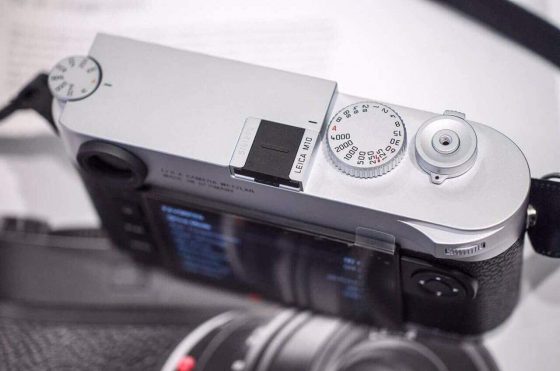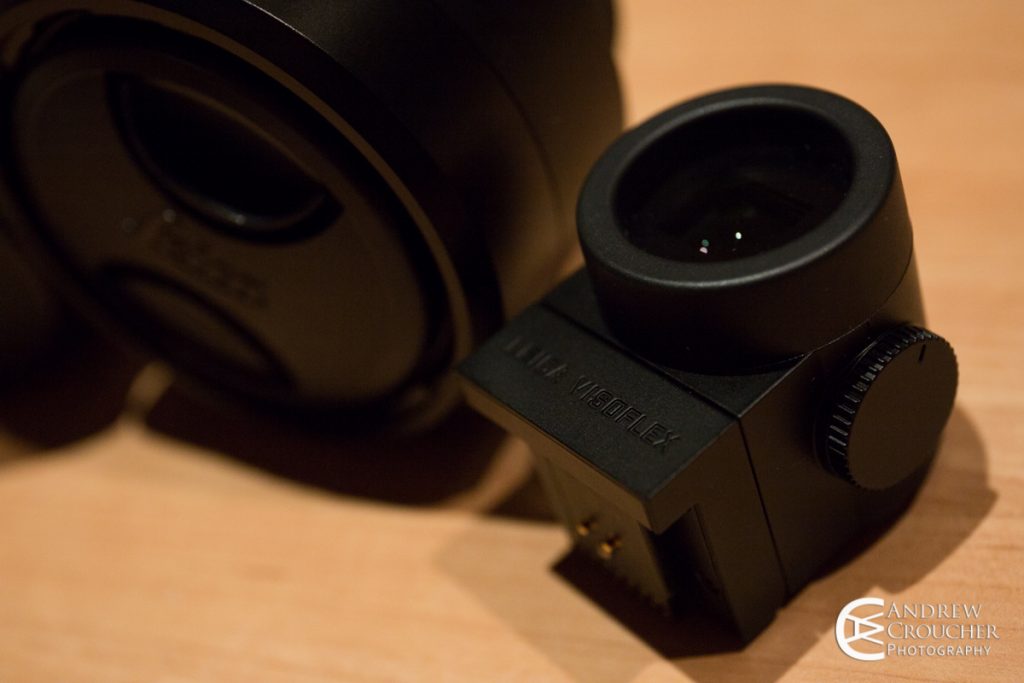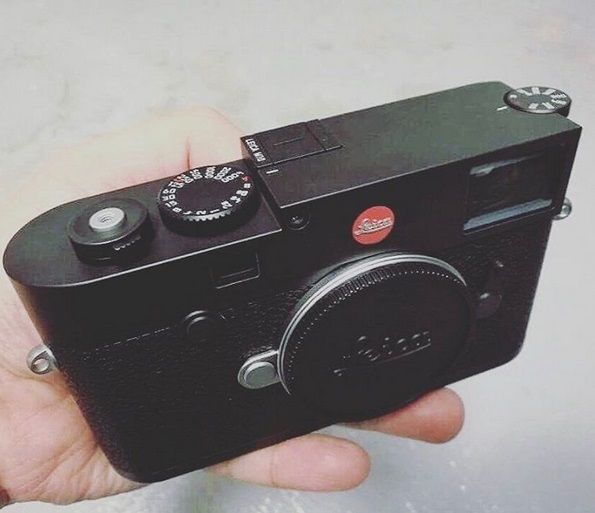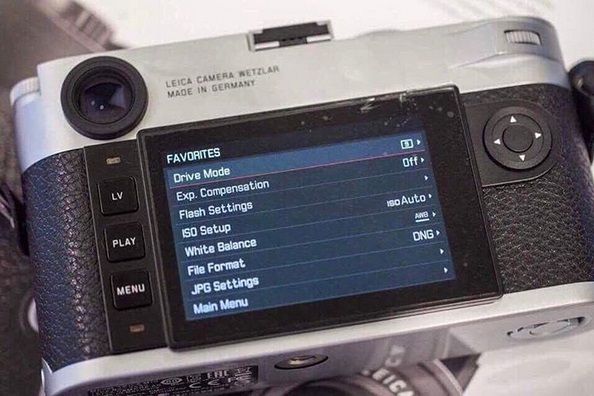tightsqueez
Well-known
The issue with a touchscreen is that you have to take the camera away from your eye and look at the screen to see what button you are pressing. With real haptic buttons you get something where you can change settings without having to take the camera away from your eye, or without having a beaming screen glowing in your face, or without having to look at the screen.
Honestly I love the screen on my microsoft surface pro tablet and the touch interface is amazing for editing and general computing, but on a camera where I hate looking at the screen on the back, I can't think of anything worse than not having controls and just a screen. In fact the leica M is the camera that least needs a touchscreen out of literally every single camera available - the entire concept of the M line is that it's a manual experience with direct controls.
100% agree with this statement. Give the touch screen generation their crack... fine. But keep the essential where I could drive the thing with my eyes closed.
Having a touch screen camera is like driving and texting. You are safer with people drinking and driving. At least they are somewhat present.







